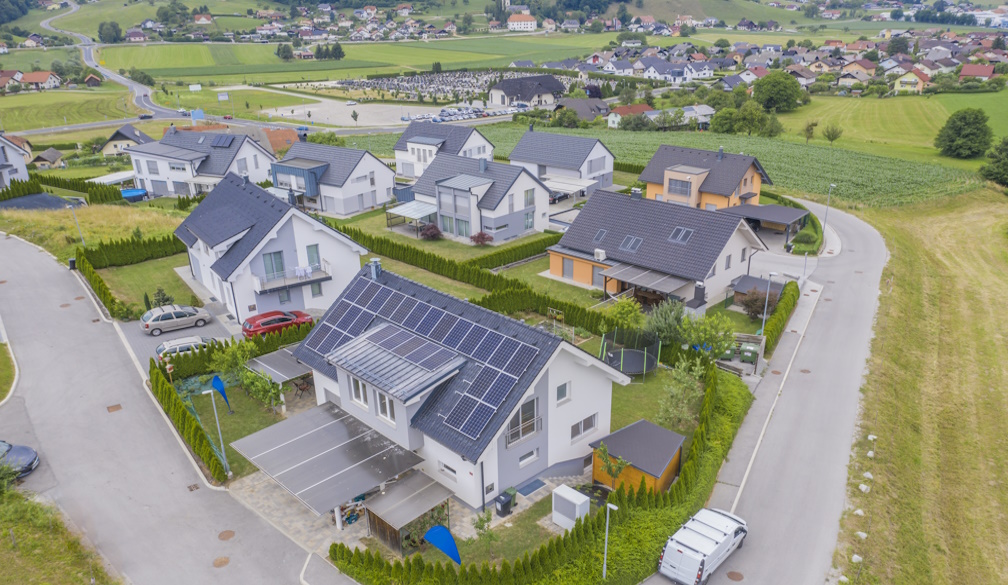Seeding Equipment: How To Select The Right Fit For Your Farming Operation

Having the proper seeding equipment is crucial for any farming business. The seeder you choose directly impacts seed placement, which affects germination rates, crop yields, and, ultimately, your profits. With so many options available, selecting the ideal seeder can feel overwhelming. This guide breaks down the process into easy-to-understand sections.
Types of Seeders
The two main categories of seeders are air seeders and mechanical seeders. While they share the same essential function of planting seeds in the ground, their mechanics and capabilities differ.
Air Seeders
Air seeders utilize airflow to transport seeds from the tank to the openers. They offer precise seed placement and consistent depth control. Additionally, they can handle a wide variety of seed sizes, making them versatile for different crops.
Larger air seeders mounted on air carts are perfect for expansive fields. Smaller air seeders work well for smaller plots or gardens.
Mechanical Seeders
Mechanical seeders rely on rotating meters to dispense seeds. They are generally more economical than air seeders but sacrifice some accuracy. Depth control can be tricky, especially on uneven terrain.
These seeders are ideal for smaller operations or budget-conscious farmers. However, they may struggle with tiny seeds like carrots or extremely large seeds like corn.
Regardless, if you want to accommodate your growing needs, upgrade your seeding equipment with Knuckeys or other equipment suppliers of your choice.
Factors to Consider
Choosing the ideal seeder involves evaluating several key factors related to your specific farming operation. From the crops you'll be planting to your available acreage and budget, numerous variables influence which model provides the best return on investment. Let's dive into the details.
Crop Types and Field Conditions
What crops do you intend to seed? Some seeders handle a broader range of seed sizes better than others. Smaller seeds demand greater precision to prevent clumping or skipping.
Evaluate your field conditions too. Air seeders excel on rough terrain where consistent depth is vital. Mechanical options may suffice for smooth fields.
Seeding Rate and Accuracy
Seed costs add up quickly, so accuracy is paramount. Air seeders generally offer superior seed placement and depth control for maximum germination rates and yields. However, they come at a higher price tag.
For lower seed costs but slightly reduced accuracy, mechanical seeders are a fine choice, especially for larger seeds like corn or soybeans. Just be prepared for potential skips or clumps in challenging conditions.
Acreage and Efficiency
How many acres do you need to seed? Large air carts cover expansive acreage quickly but require higher horsepower to pull. Smaller air seeders move slower but are easier on fuel and equipment wear.
For limited acreage, mechanical seeders mounted on your existing seeding machine may be the most cost-effective route. Their slower speeds are less detrimental on smaller plots.
Operating Costs
The initial purchase price is just one factor. Also consider:
- Horsepower requirements (air carts need large tractors)
- Maintenance and repair costs
- Fuel efficiency
- Seed costs (more accuracy = less waste)
For high-volume operations, the precision and speed of a larger air seeder often justify the higher upfront investment through reduced operating expenses over time.
Ease of Use and Adjustments
Some seeders are simpler to operate, requiring less time for adjustments and calibration. This improves overall efficiency. Thoroughly examine each model's setup process and ease of making on-the-go changes.
User-friendly designs with clear markings make a huge difference, especially when seeding windows are tight. Intuitive settings allow quick transitions between different crops and conditions.
Integration With Your Existing Equipment
If you already have certain implements, selecting a matching seeder ensures full integration. This avoids redundant costs and potential compatibility issues.
For example, many air carts are designed to pair with specific brands of tillage equipment. Ordering the complete matched system streamlines the process.
Longevity and Durability
Seeders represent a major investment, so you'll want a robust model built to withstand years of heavy use. Pay close attention to the construction materials and overall build quality. Rugged designs with minimal moving parts tend to require less maintenance and repairs down the road.
Opt for high-strength steel components over plastic wherever possible. Stainless steel resists corrosion and cracking better than regular steel, especially in damp conditions. Sealed bearings and heavy-duty drive chains also enhance longevity.
The Takeaway
There is no universal 'best' seeder. The ideal fit depends entirely on the specific factors discussed above. Take an honest assessment of your operation's needs, budget, and long-term goals.
An experienced dealer can guide you further by explaining each model's nuances. Don't be afraid to ask lots of questions! Making the right investment now leads to effortless seeding, bountiful crops, and healthy profits for years to come.





















